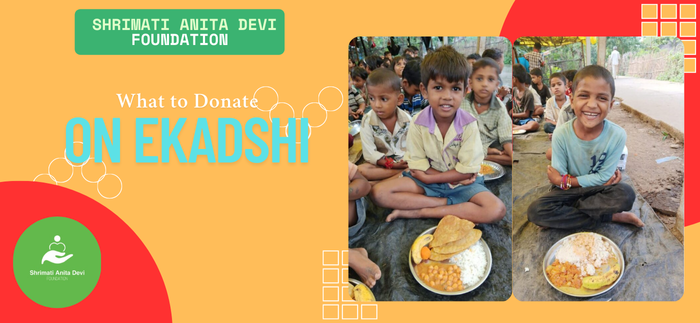What Food to Donate to Food Bank

Introduction to Food Banks and Their Importance
Food banks play a crucial role in communities around the world, serving as lifelines for those facing hunger and food insecurity. They provide essential support to families and individuals who may not have access to enough nutritious meals. When you think about how you can help, donating food is one of the most impactful ways to make a difference. But what food should you donate to a food bank? Understanding what items are needed most can ensure that your contributions truly benefit those in need. Let’s dive into the types of foods that make a significant impact on local communities and explore how your generosity can change lives for the better.
Types of Food That are Commonly Needed for Food Donation
Food banks rely on a variety of items to serve those in need. Some staples are always in demand, including canned goods like vegetables and fruits. These provide essential nutrients while being easy to store.
Cereals and grains also play a crucial role. Items like rice, pasta, and oatmeal can create filling meals with minimal effort. They have long shelf lives, making them ideal for donation.
Protein sources are equally vital. Wheat, Rice or Daal are great sources of protein and can be easily added to meals. For orphanage food donation make sure to include items of rich protein source.
Don’t forget about condiments and cooking essentials either! Oils, spices, and sauces help transform basic ingredients into delicious meals.
By understanding these common needs, you can make informed choices when donating to your local food bank.
Non-Perishable Items vs. Fresh Produce
When considering what food to donate to food bank, the choice between non-perishable items and fresh produce plays a vital role. Non-perishable goods, like canned vegetables or pasta, have a long shelf life. They’re easy for food banks to store and distribute.
On the other hand, fresh produce brings essential nutrients that can enhance meals significantly. Fresh fruits and vegetables are often in high demand as they provide vitamins crucial for health.
However, fresh items require proper handling and quick distribution to avoid spoilage. Many food banks appreciate both types of donations but may have specific needs depending on their resources.
Combining non-perishables with nutritious fresh options creates balanced meal solutions for those in need. Each type of donation contributes uniquely to community nourishment efforts.
Food High in Nutritional Value for Donation
When considering what food to donate to a food bank, prioritize items rich in nutrients. Canned goods like beans and lentils are excellent choices. They provide protein, fiber, and essential vitamins while having a long shelf life.
Whole grains such as brown rice or quinoa also make great donations. These foods not only fill you up but offer vital energy for those in need.
Think about adding canned vegetables with low sodium content. They retain valuable nutrients and can easily be incorporated into various meals.
Donations of nut butter pack a nutritional punch too—offering healthy fats and protein that many families appreciate.
Consider dried fruits without added sugars; they serve as nutritious snacks full of antioxidants. Each item contributes positively to someone’s diet during challenging times.
Foods to Avoid Donating
When considering what to donate food online, it’s important to know which items should stay on the shelf. Certain foods can do more harm than good.
Avoid donating expired or nearly expired products. These items might be rejected and could waste valuable resources for both donors and recipients.
Perishable goods, like dairy or fresh meats, may not have adequate storage at many facilities. They require careful handling that is often beyond what local food banks can provide.
Processed snacks high in sugar or unhealthy fats aren’t ideal either. While they may appeal momentarily, nutritious options yield better long-term benefits for those in need.
Homemade meals are typically discouraged due to safety regulations and potential allergens. Stick with packaged items instead; they’re safe and reliable alternatives that ensure everyone receives quality nourishment.
Conclusion: The Impact of Food Donation and Ways to Continue Supporting Your Local Food Bank
Food donations play a crucial role in supporting families and individuals facing food insecurity. The contributions you make can have a lasting impact, helping to alleviate hunger in your community. When you choose the right items to donate, such as non-perishable foods like canned goods or high-nutritional options like whole grains, you provide essential sustenance.
To maintain this support, consider volunteering your time at local food banks. This not only helps with distribution but also raises awareness about their needs. Organizing food drives within your neighborhood can bring people together for a common cause while increasing donations.
Remember that every little bit counts. Whether it’s donating groceries or spreading the word about food bank services, your efforts matter. By staying engaged and informed about what is needed most at these facilities, you’ll ensure that those who rely on them receive the best possible assistance during challenging times. Your actions today will help build stronger communities tomorrow.

